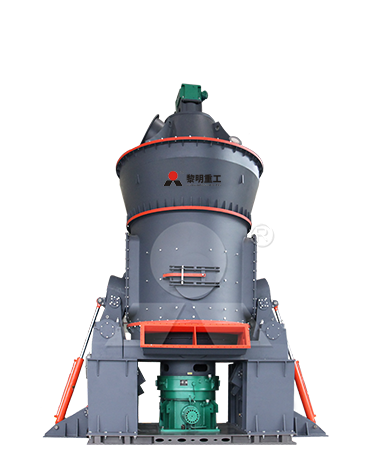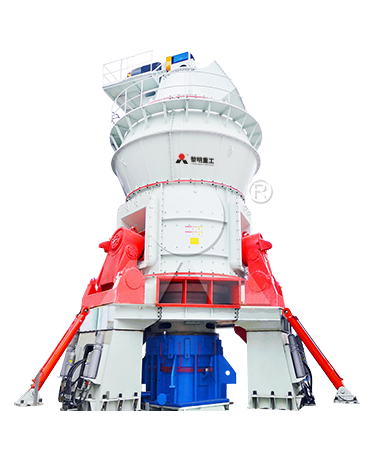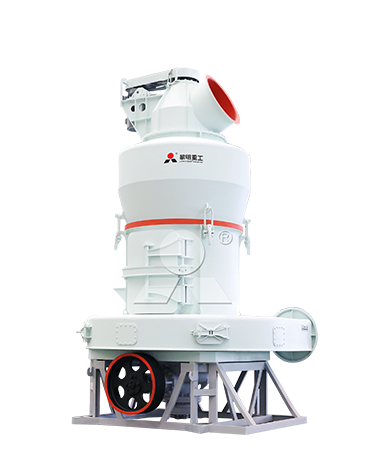Process flow of limestone grinding
As an overall solution provider for grinding equipment, Liming Heavy Industry has been committed to developing more efficient, energy-saving, and environmentally friendly grinding equipment. MTW Trapezium Mill produced by Liming Heavy Industry can not only meet the requirements of two different particle sizes of limestone desulfurizer powder for desulfurization inside and outside the furnace, but also has low production and construction costs and is environmentally friendly, making it an ideal choice for customers.
Grinding limestone requires three processes:
Stage 1 - Raw material conveying section
After being unloaded into the feed hopper by a forklift or incoming truck, the raw limestone falls into a belt conveyor and is transported to a hoist, which is then lifted to the limestone storage bin for uniform feeding.
Stage 2 - Grinding and separation section
Raw materials fall into the metering belt conveyor from the storage bin, are removed by a self dumping iron remover, and then enter a European mill for grinding. The ground materials are sorted by a powder concentrator under the action of wind power, and qualified finished powder is selected, which is collected and temporarily stored by a cyclone collector.
Stage 3 - Finished product storage and transportation section
The finished powder temporarily stored by the cyclone collector is transported to the finished product warehouse for storage and standby by the conveying equipment and elevator to meet the subsequent tank truck shipment.
CASES
-
>
Zinc oxide powder production project
-
>
Calcined Kaolin Company
-
>
30 TPH limestone grinding production line in India
-
>
10 Microns 4TPH Limestone Micro Powder Production Plant
-
>
70tph MTW175 Grinding Plant For Limestone Processing In Indonesia
-
>
A Glass Group
-
>
Glass Company
-
>
LM150N Vertical Mill, Process slag, 325mesh, 12tph
-
>
Float Glass Processing Enterprise
-
>
13 TPH phosphate grinding plant in Egypt
Learn More













